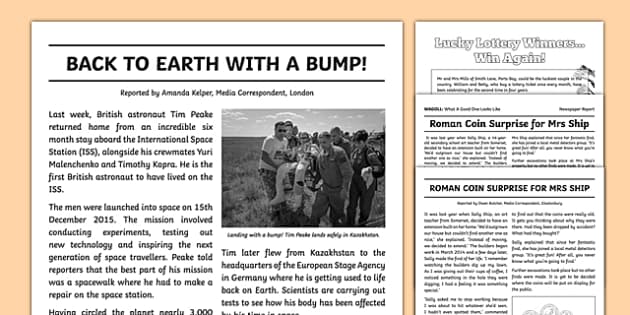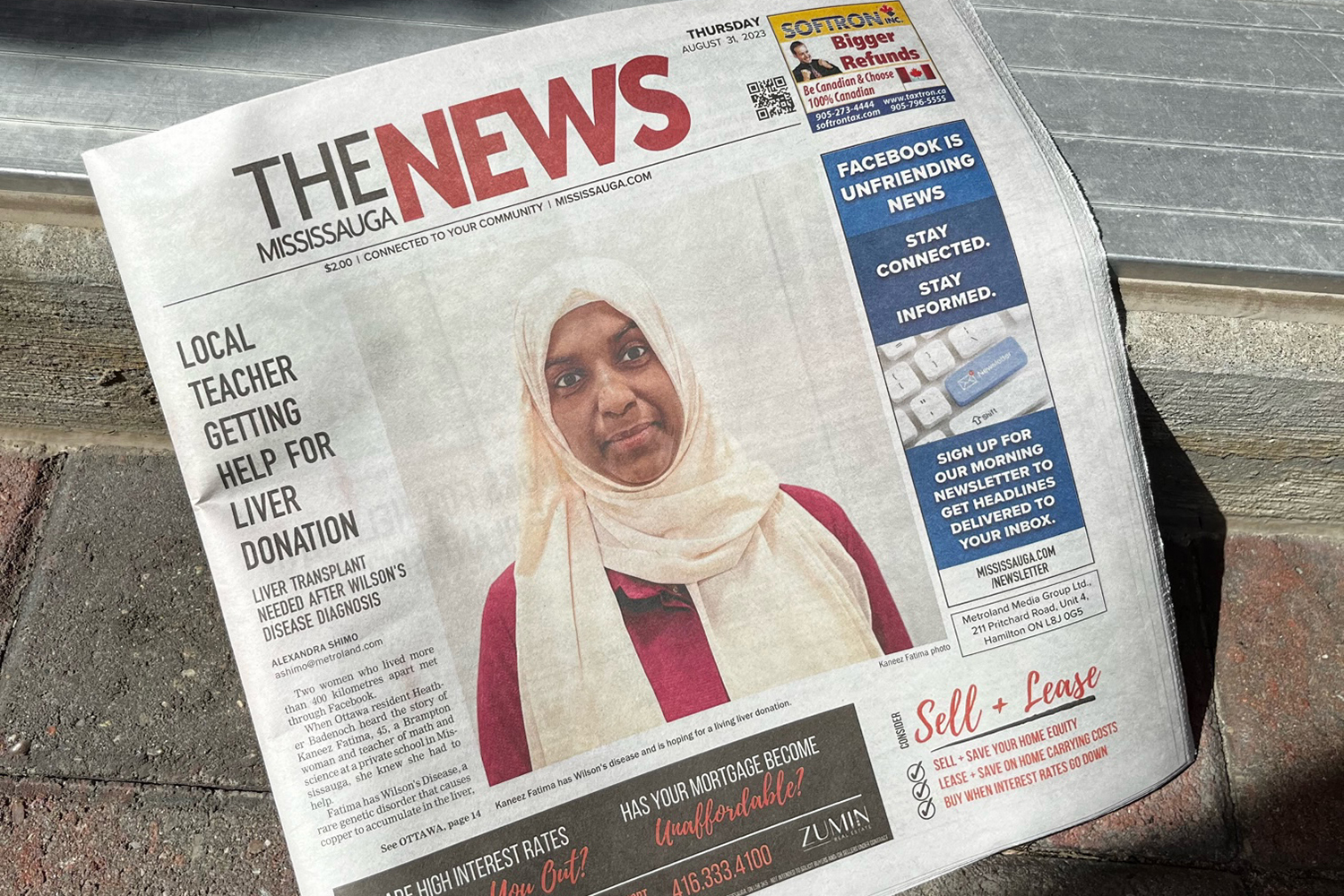10 Simple Techniques For News Articles
10 Simple Techniques For News Articles
Blog Article
3 Easy Facts About News Articles Shown
Table of ContentsThe 30-Second Trick For News ArticlesThe Best Strategy To Use For News ArticlesThe Ultimate Guide To News ArticlesThe Best Strategy To Use For News ArticlesFascination About News Articles
Great understanding of various subjects offers trainees a competitive side over their peers. Although electronic and social media are conveniently easily accessible, we should not fail to remember exactly how important it is to check out the newspapers. Parents have to attempt and instill the practice of reviewing a newspaper as an everyday regimen to proceed the tradition of the adored print medium.Information tales also consist of at the very least one of the adhering to important features family member to the designated target market: closeness, prestige, timeliness, human rate of interest, curiosity, or repercussion.
Within these limits, news tales additionally intend to be thorough. Amongst the larger and much more revered newspapers, fairness and balance is a major factor in providing details.
Papers with a global audience, for example, tend to use a more official design of writing. News Articles.; typical style guides consist of the and the US News Style Book.
Not known Facts About News Articles
Generally, journalists will not utilize a long word when a brief one will certainly do. They make use of subject-verb-object building and dazzling, energetic prose (see Grammar). They supply narratives, examples and metaphors, and they seldom depend upon generalizations or abstract ideas. Information authors try to stay clear of using the exact same word greater than when in a paragraph (occasionally called an "echo" or "word mirror").
Headings often omit the subject (e.g., "Leaps From Boat, Catches in Wheel") or verb (e.g., "Cat lady fortunate"). A subhead (also subhed, sub-headline, subheading, subtitle, deck or dek) can be either a subservient title under the primary heading, or the heading of a subsection of the short article. It is a heading that precedes the primary message, or a group of paragraphs of the main text.

Added billboards of any of these kinds might appear later in the short article (especially on succeeding pages) to entice further reading. Such billboards are likewise utilized as reminders to the post in other areas of the magazine or website, or as advertisements for the item in other magazine or websites. Regular structure with title, lead paragraph (recap in strong), various other paragraphs (details) and call info.

Example of a hard-lead paragraph NASA is suggesting an additional area job. The company's budget plan request, revealed today, included a plan to send out an additional mission to the Moon. This time the agency wants to develop a lasting center as a jumping-off factor for various other area adventures. The budget demands approximately $10 billion for the task.
The NASA announcement came as the firm asked for $10 billion of appropriations for the job. An "off-lead" is the second crucial front page news of the day. The off-lead appears either in the top left corner, or directly listed below the lead on the right. To "hide the lead" is to begin the short article with history info or details of second value to the visitors, forcing them to learn more deeply into an article than they must have to in order to uncover the crucial factors.
Not known Details About News Articles
Common usage is that or 2 sentences each form their very own paragraph. Journalists usually explain the company or structure of a newspaper article as an inverted pyramid. The necessary and most intriguing components of a story are placed at the start, with sustaining view it info adhering to in order of diminishing value.
It permits individuals to discover a subject to just the depth that their interest takes them, and without the charge of information or nuances that they might take into consideration pointless, yet still making that info readily available to extra interested viewers. The upside down pyramid structure also allows short articles to be trimmed to any type of arbitrary length during format, to suit the room available.
Some writers begin their stories with the "1-2-3 lead", yet there top article are lots of kinds of lead available. A twist can refer to several points: The last story in the information program; a "delighted" story to finish the program.
Longer write-ups, such as publication cover short articles and the pieces that lead the within areas of a paper, are called. Feature tales differ from straight news in several means. Foremost is the absence of a straight-news lead, a lot of the moment. As opposed to offering the significance of a story in advance, function writers might attempt to lure visitors in.
The 10-Minute Rule for News Articles
An attribute's initial paragraphs frequently associate an appealing minute or occasion, as in an "unscientific lead". From the details of an individual or episode, its view promptly widens to generalities about the story's topic.

The Editor's Toolbox: A Referral Guide for Beginners and Professionals (2001) Allan M. Siegal and William G. Connolly. The New York City Times company website Handbook of Style and Usage: The Authorities Style Overview Used by the Writers and Editors of the World's The majority of Reliable Paper (2002) M. L. Stein, Susan Paterno, and R.
Report this page